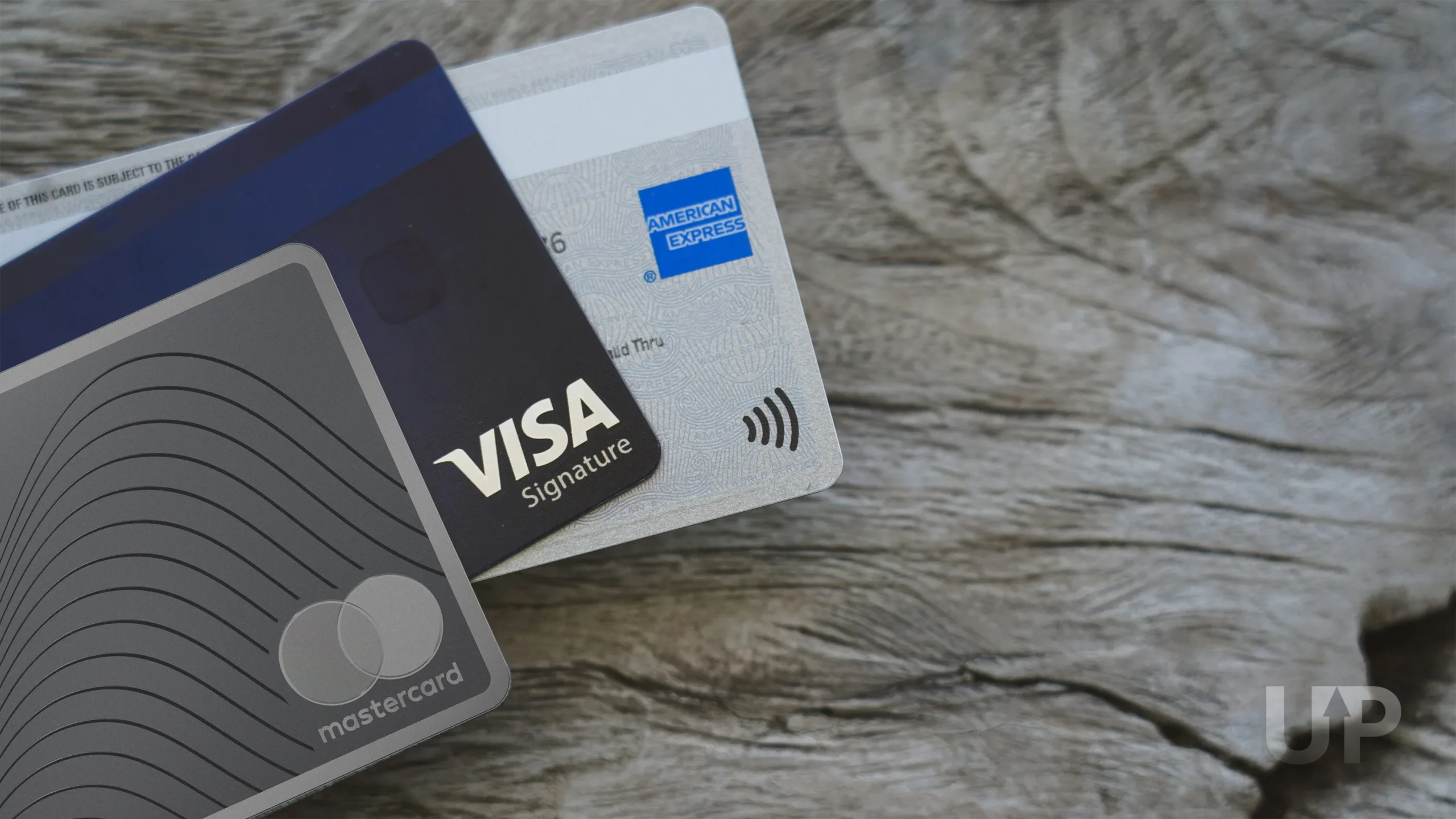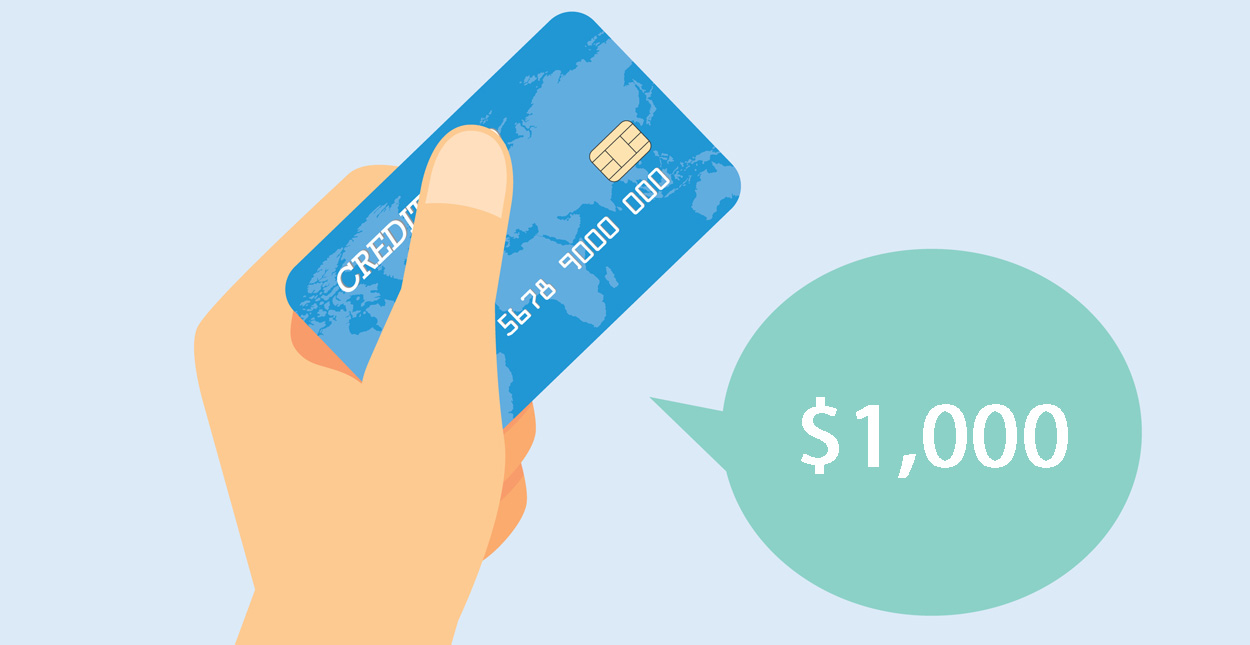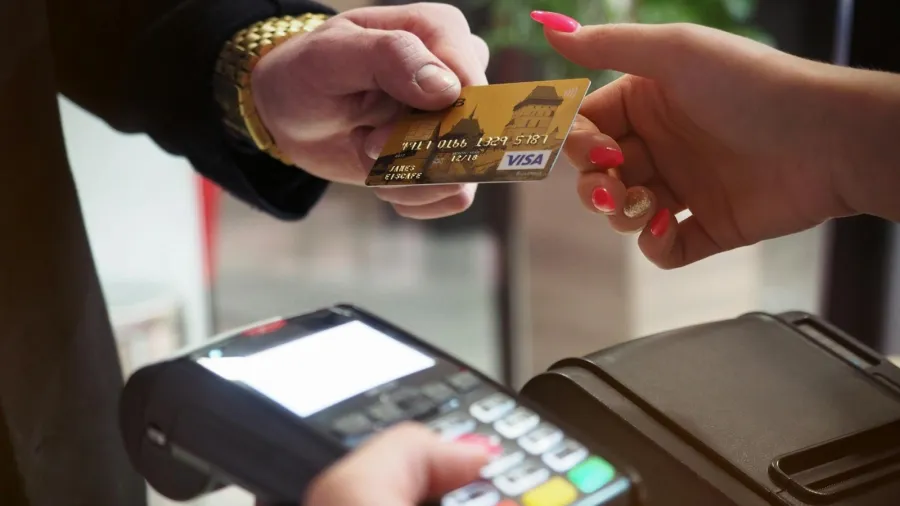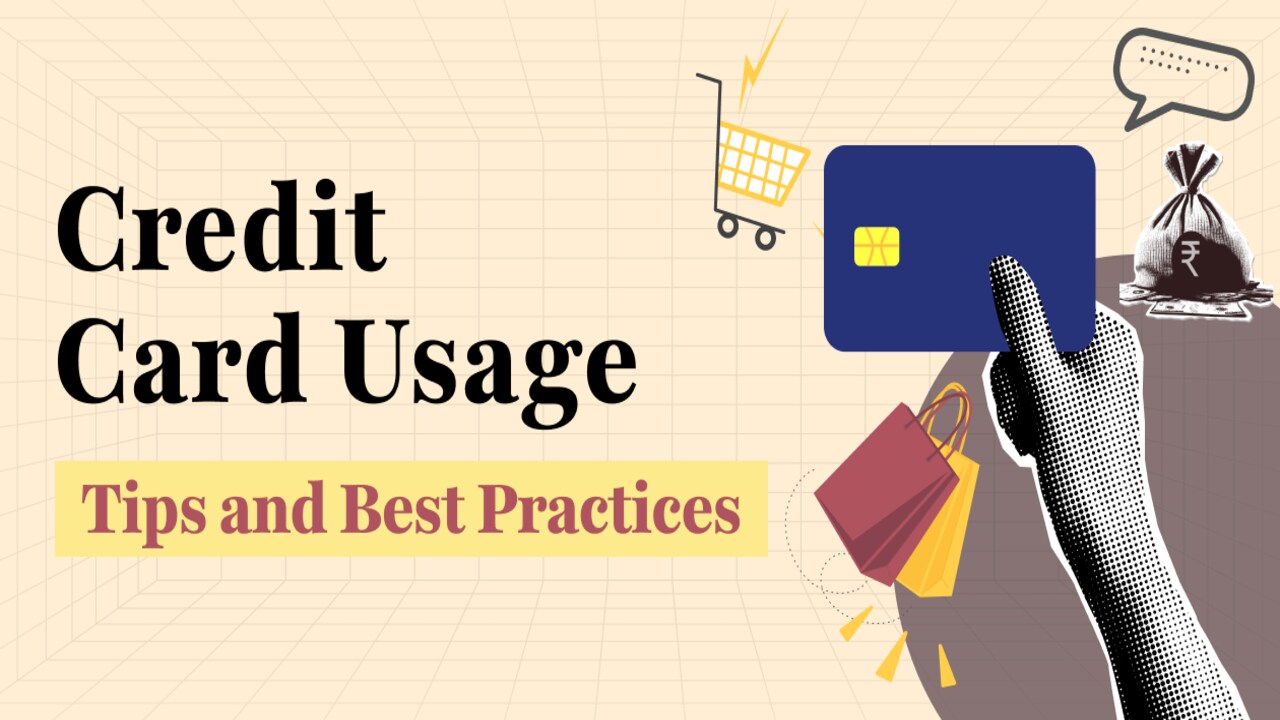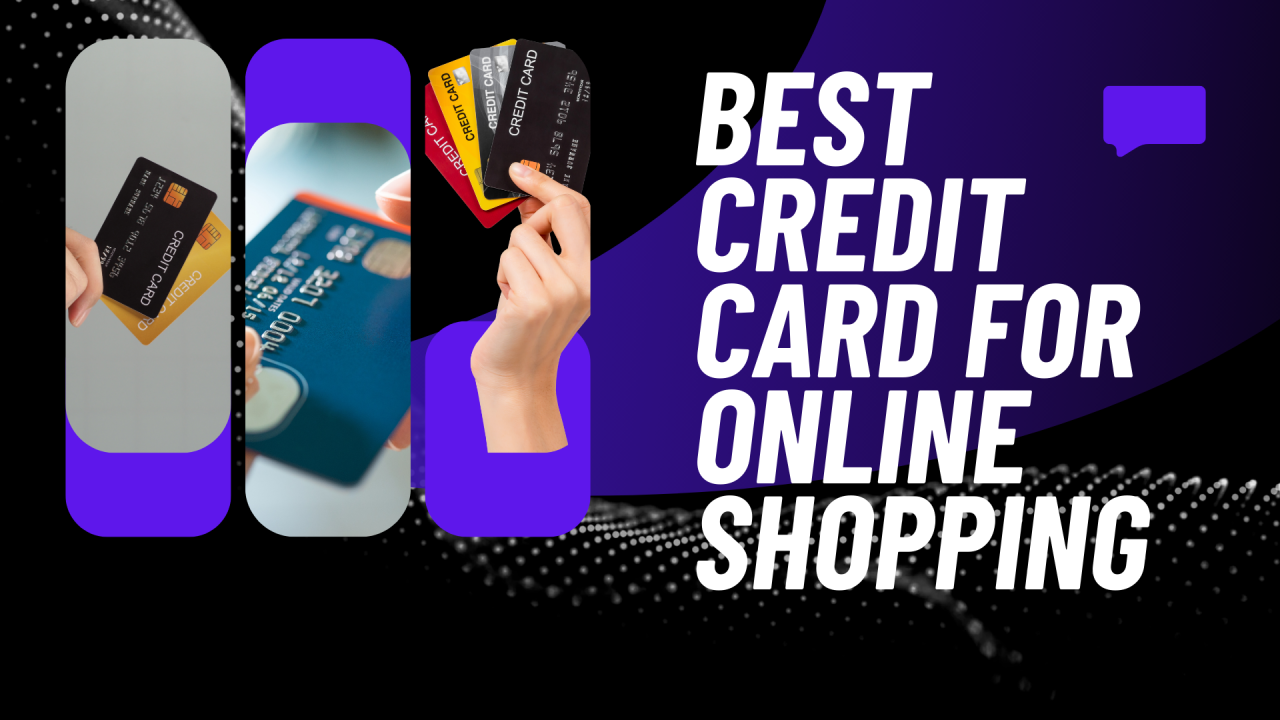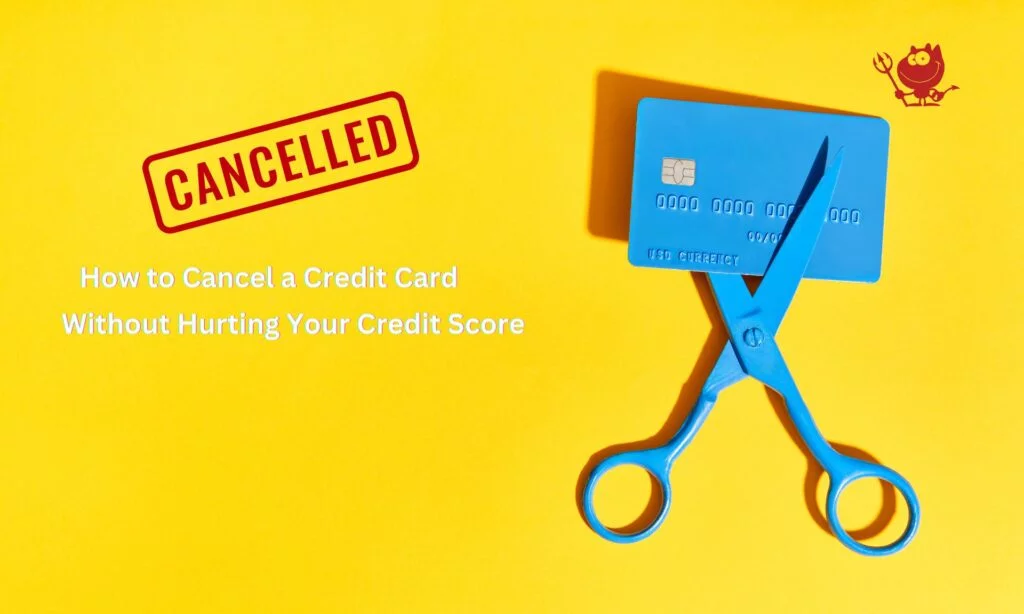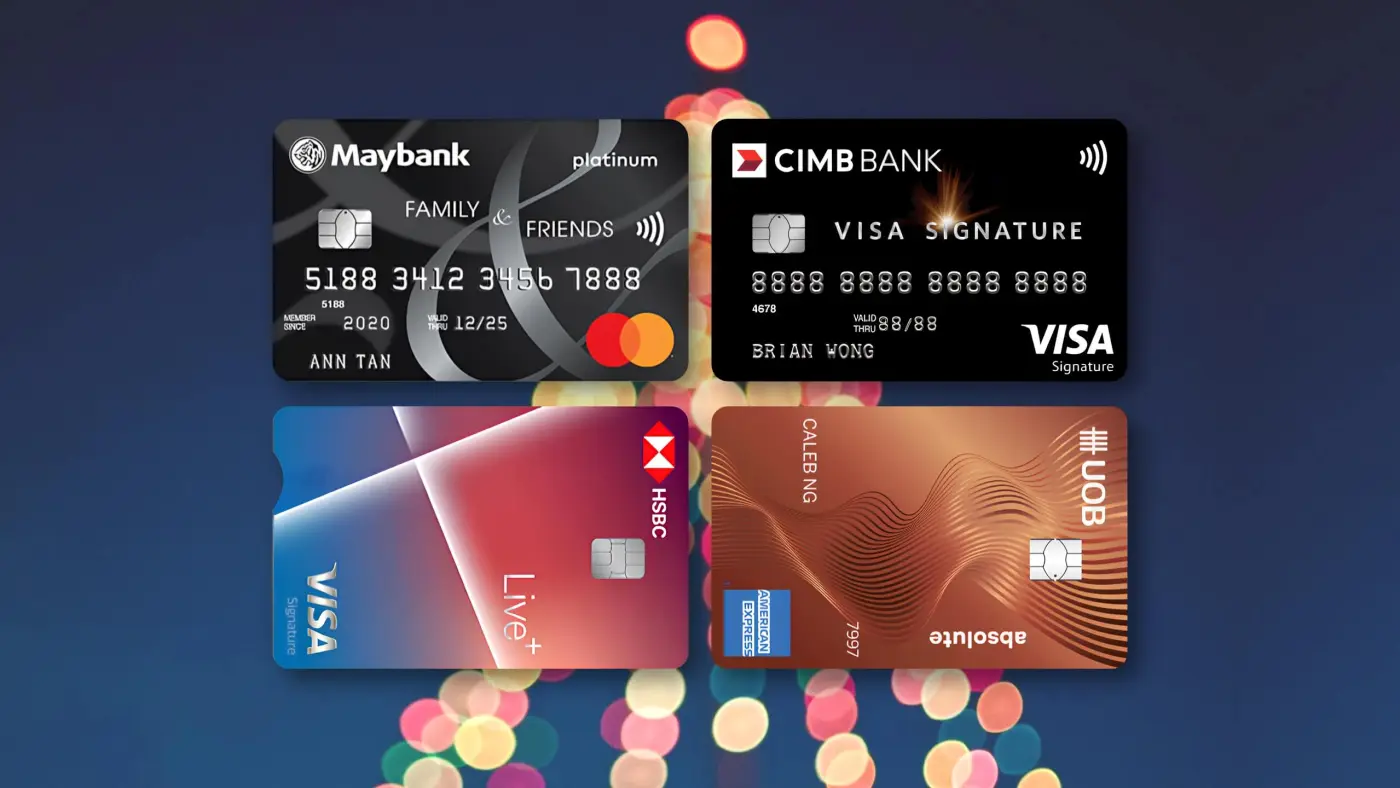For decades, the credit card has been a physical piece of plastic, a tangible object we pull out of our wallets. However, in the age of smartphones and contactless payments, the credit card is undergoing a radical transformation. The emergence of digital-only credit cards marks a new and exciting trend in the financial world. These cards, which exist exclusively within a mobile device and have no physical form, are changing the way we make payments, manage our finances, and think about security. This comprehensive guide will explore what a digital-only credit card is, detail its key benefits and potential downsides, and help you understand if this new trend is the right financial tool for you.
What Exactly is a Digital-Only Credit Card?
A digital-only credit card is exactly what its name implies: a credit card without a physical card. When you are approved for the card, the information is instantly sent to your digital wallet, such as Apple Pay, Google Pay, or Samsung Pay.
No Physical Card, Instant Issuance
The most significant feature of a digital-only card is the lack of a physical card. This means that once you are approved for the card, you can start using it immediately. There is no waiting for the card to arrive in the mail, which can be a game-changer for those who need a new line of credit quickly.
Integrated with Mobile Wallets
Digital-only cards are fully integrated with your mobile wallet. You use them by simply tapping your smartphone or smartwatch on a contactless payment terminal. This provides a fast, secure, and convenient way to pay for goods and services at millions of merchants worldwide.
Virtual Card Numbers for Enhanced Security
A key feature of many digital-only cards is the use of virtual card numbers. When you add the card to your mobile wallet, a unique, encrypted token is generated. This token is used for all contactless payments, meaning your actual credit card number is never transmitted or stored by the merchant. This technology, known as tokenization, is a powerful form of security that makes it much more difficult for a scammer to steal your credit card information.
The Key Benefits of Digital-Only Cards
Beyond the novelty, digital-only credit cards offer a number of compelling benefits that are shaping the future of finance.
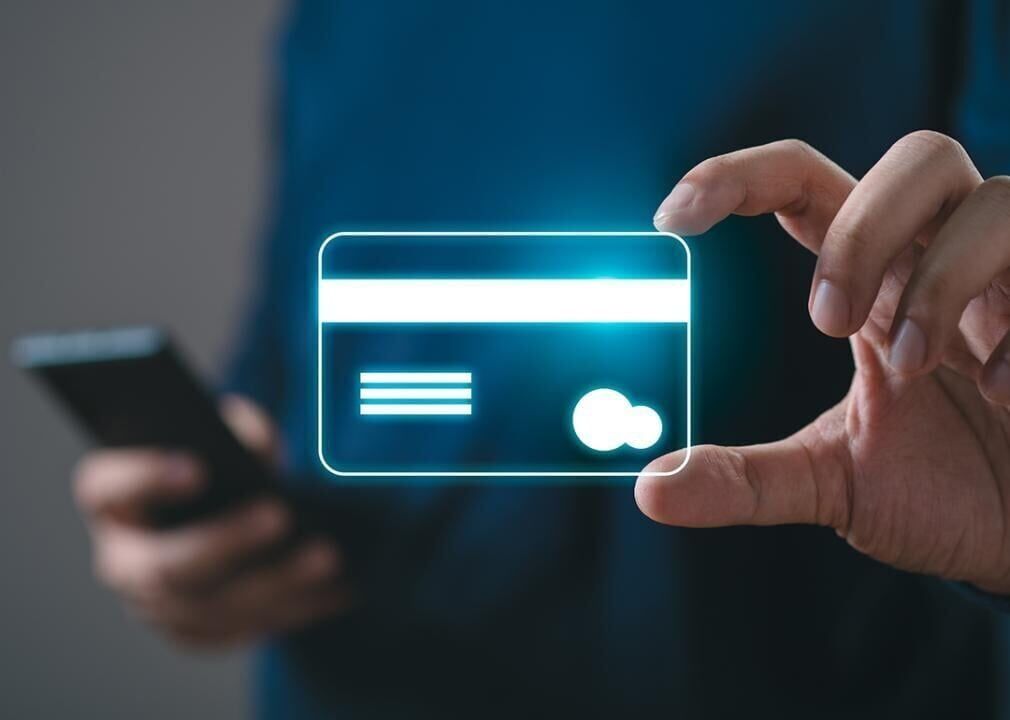
Enhanced Security and Fraud Protection
Digital-only cards are inherently more secure than their physical counterparts.
- Tokenization: As mentioned earlier, tokenization protects your real card number from being exposed in a transaction.
- Biometric Authentication: Most digital wallets require a fingerprint or a face scan to authorize a payment, adding a powerful layer of security that a simple PIN or signature cannot match.
- Lost or Stolen Phone: If your phone is lost or stolen, a thief cannot use your digital-only card without your biometric data. Even if they somehow bypass your phone’s lock screen, they cannot access the card’s information without further authentication.
Instant Access and Convenience
The instant issuance of a digital-only card is a major convenience. You can apply for the card, be approved, and start using it in a matter of minutes. This is invaluable in situations where you need a new card for a large purchase or an unexpected expense. Furthermore, the convenience of not having to carry a physical card and simply using your smartphone to pay is a significant benefit for many consumers.
Real-Time Spending Insights and Controls
Because digital-only cards are tied to a mobile app, they often come with robust financial management tools. You can get real-time notifications for every transaction, view a detailed breakdown of your spending by category, and even set spending limits. This level of insight and control is a powerful tool for budgeting and financial discipline.
Potential Downsides and Considerations
While digital-only cards are a new and exciting trend, they are not without their downsides.
The Need for a Mobile Device
A digital-only card is entirely dependent on your smartphone or smartwatch. If your device runs out of battery, you forget it at home, or it breaks, you will not be able to use your credit card. This is a significant disadvantage in situations where you are in a location with no charging options or no Wi-Fi.
Limited Acceptance in Some Places
While contactless payment terminals are becoming the standard at most retailers, there are still some places, especially in smaller businesses or rural areas, that do not have the technology. In these situations, a physical credit card is still a necessity.
The Risk of Overspending
The ease and convenience of a digital-only card can be a double-edged sword. For some, the seamless experience of tapping and paying can lead to overspending. The lack of a physical card can make it easier to forget that you are using a line of credit, which can lead to debt.
How to Get and Use a Digital-Only Card
Getting and using a digital-only card is a straightforward process.
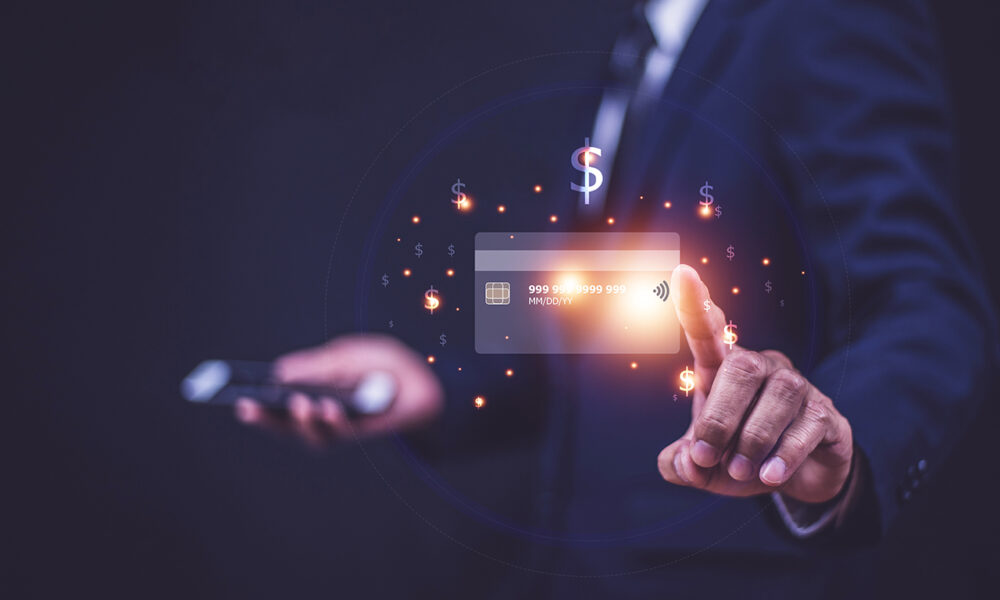
The Seamless Application Process
You can apply for a digital-only card through your bank’s website or app. The application process is often faster than for a physical card, and once you are approved, the card is instantly issued to your mobile wallet.
Integrating with Your Mobile Wallet
Once the card is issued, you will receive a notification to add it to your mobile wallet. The process is simple and usually involves a few taps to confirm the details.
Managing Your Account and Payments
All your account management, from making payments to checking your balance, is done through the mobile app. This provides a central hub for all your credit card needs.
Final Conclusion: The Future of Credit Cards
Digital-only credit cards are a new and exciting trend that is shaping the future of finance. They offer a compelling mix of convenience, speed, and security that traditional plastic cards simply cannot match. However, they are not for everyone. They are best suited for consumers who are comfortable with technology, are financially disciplined, and who live in areas where contactless payments are widely accepted. As the world becomes more mobile-centric, digital-only cards are set to become a standard tool in our financial arsenals, but for now, they are a powerful and innovative choice for the modern consumer.


